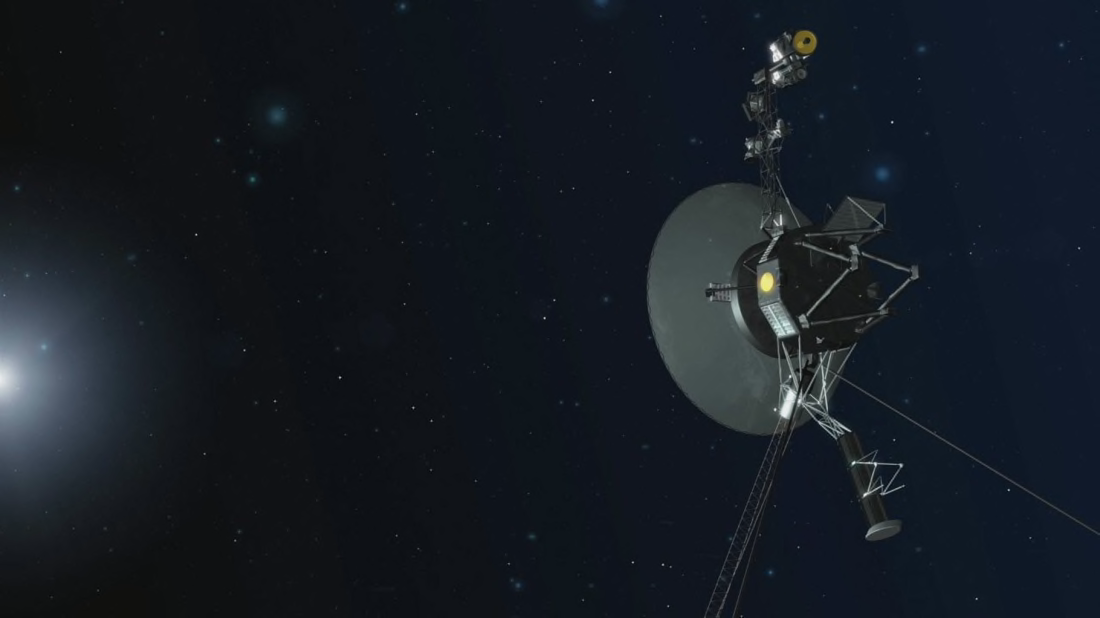


There’s a problem with the Juno spacecraft’s camera NASA’s Lunar Flashlight satellite won’t make it to its planned orbitĮlon Musk says SpaceX eying March for first orbital test of Starship rocket But why the AACS is misbehaving in this way remains a mystery. The signal continues to come through as strong as it was before, so engineers are confident that the antenna hasn’t shifted. The good news is that the spacecraft is still transmitting, and the issue has not forced the craft to go into safe mode. NASA’s Voyager 1 spacecraft, shown in this illustration, has been exploring our solar system since 1977, along with its twin, Voyager 2. But now, the AACS is sending back data that doesn’t make any sense - the data looks like it could be scrambled, for example, or suggests that the system is in an impossible state - even though the antenna is still pointing the right way and transmitting just fine.

The AACS is responsible for keeping Voyager in the right orientation and making sure that its antenna is pointing toward Earth so that the spacecraft can transmit data. Voyager 1’s altitude articulation and control system (AACS) is sending back some strange readings, and engineers are puzzled as the craft is still operating normally. The two craft have survived various glitches and problems, however, a recent issue with Voyager 1 has engineers at NASA scratching their heads. More than 40 years later, the two Voyager spacecraft are, incredibly enough, still functioning and transmitting data, even as they have left most of the solar system behind and headed out into interstellar space. In the 1970s, two spacecraft were designed and built for the wildly ambitious mission to study the outer reaches of the solar system.


 0 kommentar(er)
0 kommentar(er)
